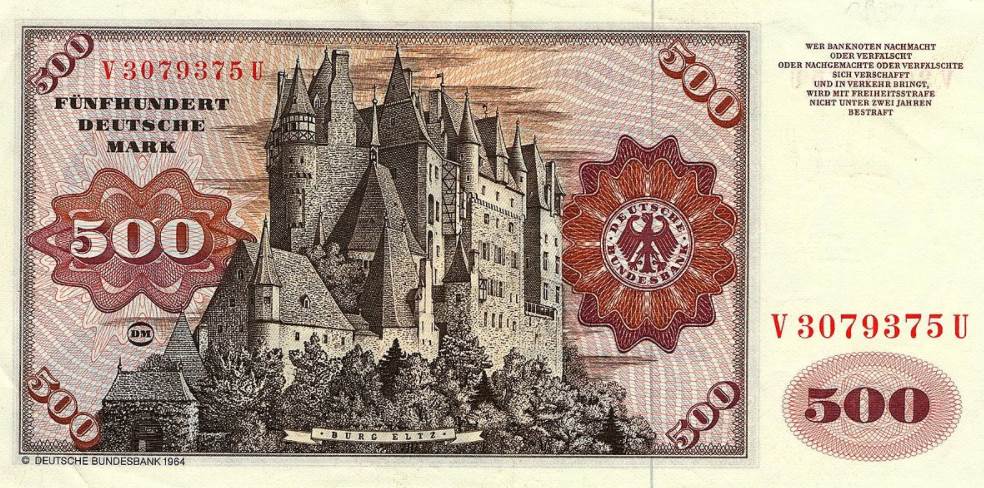Did you know that one of the most amazing castles in Europe is still owned by the descendants of the family who originally built it in the 12th century?
In this article, you’ll discover some of the most interesting facts about Eltz Castle, one of the most famous medieval structures in Germany.
1. It’s located in the center of a state in Southwestern Germany
Elz Castle is one of the greatest attractions of Rhineland-Palatinate, a German state in the southwestern part of the country. This state borders 3 other countries, France, Luxembourg, and Belgium.
The castle is bordered on 3 sides by the Elzback River and was built on a rock outcrop that stands about 70 meters (230 feet) above the surrounding landscape. This means it was built in what can be described as one of the most strategic positions imaginable.
It’s located in the small town of Wierschem which is situated just southwest of the large city of Koblenz. The capital of the state, Mainz, and one of the largest cities in Germany, Frankfurt, are located a bit further west-southwest of the castle.
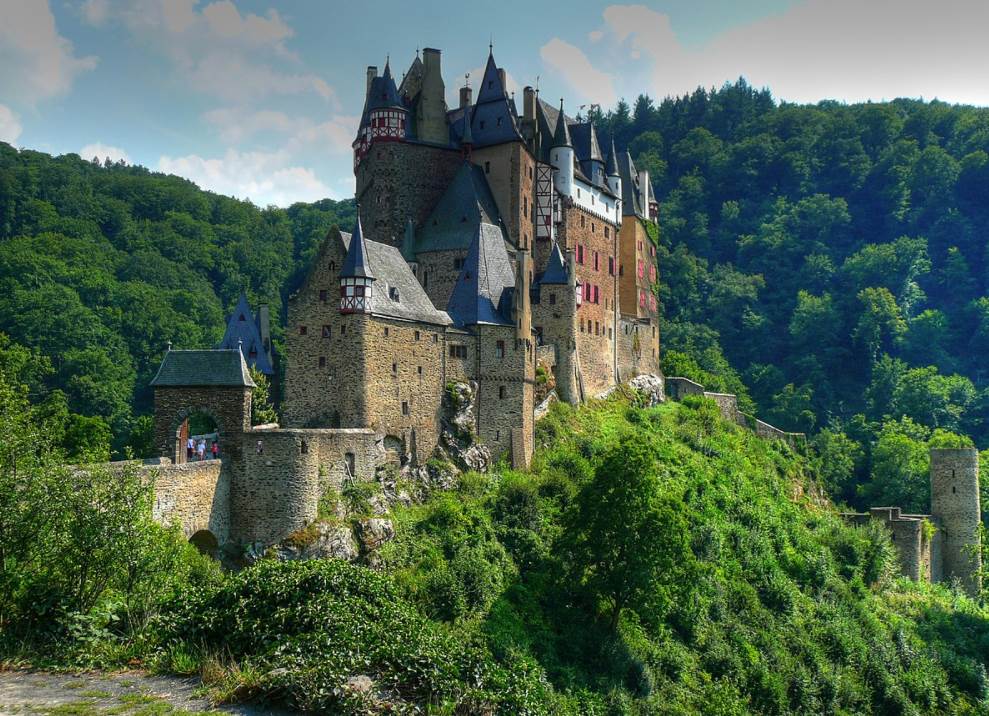
2. The oldest extant feature of the castles dates back to the 12th century
The strategic location of the rock on which the castle was built, which is similar to that of Neuschwanstein Castle and Höhenzollern Castle in Germany, didn’t go unnoticed, especially because it was situated along an ancient Roman trade route. This ancient road allowed travelers to go from the Moselle Valley to the Eifel region.
While there were probably already structures built here before, the oldest structure that still stands today is a Romanesque Keep called the “Platteltz.”
It’s assumed that the earliest buildings on the location date back to the 9th century which consisted of a manor built of earthworks. By the time that the Romanesque structure was completed in 1157, Eltz Castle had become one of the most important castles in the region.
3. The only military action the castle saw happened during the 1330s
The castle was originally built as a so-called “Ganerbenburg.” This can be described as the medieval version of a joint venture between multiple notable families in the area. That’s also the reason why the castle is still divided into 3 different parts today.
This co-ownership also resulted in these Lords and knights of the lords claiming independence from the Archbishop of Trier. This didn’t work out too well and when the Archbishop tried to reclaim the knights, the Eltz Feud started.
The feud lasted between 1331 and 1336 in which the castle and various other castles in the region were besieged. The siege of Eltz Castle lasted 2 years and only ended when the Imperial knights gave up their freedom.
The ruins of Trutzeltz Castle, a structure built above the castle by Archboship Baldwin, can still be seen today as a reminder of this siege.
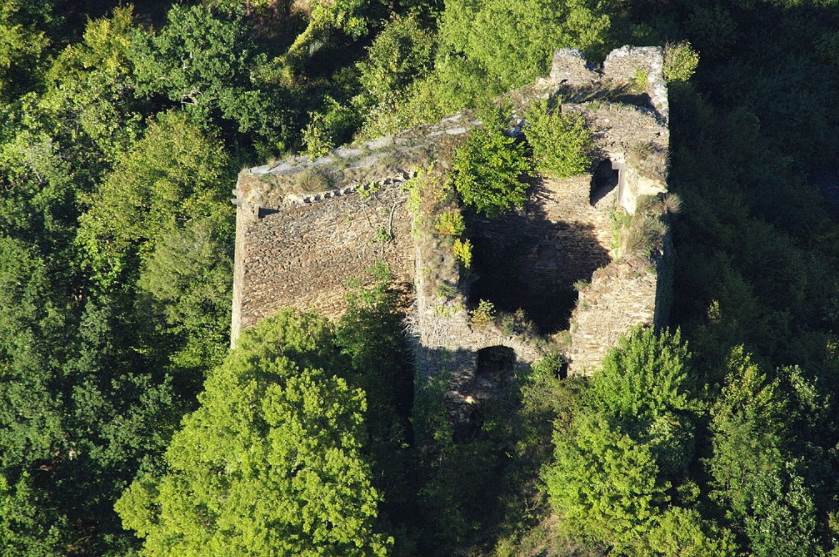
4. Multiple additions were constructed between the 15th and 17th centuries
The Romanesque keep of the castle dates back to the 12th century, but many other structures that make up the entire caste compound are later additions. Here’s an overview of later construction phases:
- The Late-Gothic Rübenach house was built in 1472.
- The 10-story Greater Rodendorf House and the flag hall which was completed in 1520.
- The Little Rodendorf house which features the banner room was completed in 1540.
- The Kempenich house which replaced the original flag hall was completed in 1615.
5. The castle is still a residence and popular tourist attraction today
The original Eltz family who built the castle was split into the Rübenach, Rodendorf, and Kemnish families over the centuries. One of the most remarkable facts about Eltz Castle is that these descending families of the original family still own the castle today.
Only the homes of the Rübenach and Rodendorf families are open to the public to view. The Kempenisch branch of the family still uses the castle as their residence today.
The interior of the castle can be considered a large house museum as it has numerous artifacts on display, including gold, silver, and porcelain once used by the Lords who lived here. It also houses an armory that features weapons and suits of armor.
Want to visit Eltz Castle? The castle is open to the public between April and November.
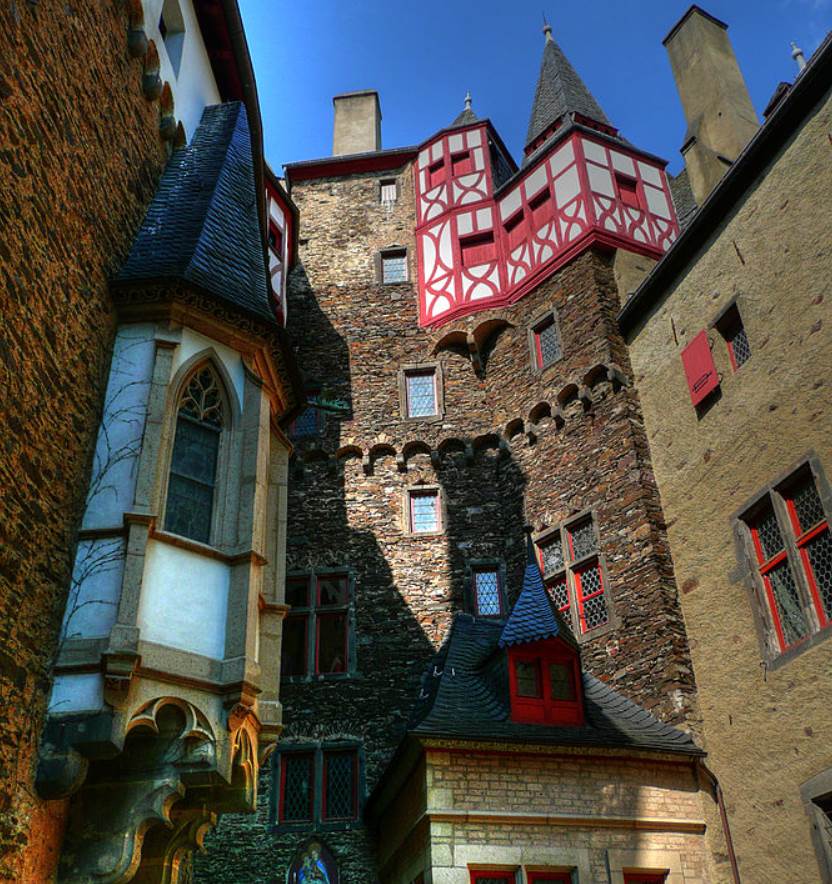
More interesting facts about Eltz Castle
6. The castle is located in a large forest called the “Eltz Forest.” Apart from the caste, this also serves as a great tourist attraction for hikers.
It has been declared an official nature reserve by Flora-Fauna-Habitat and Natura 2000. The outcrop on which the castle was built is situated at an altitude of 320 meters (1,050 feet) above sea level.
7. The main structure of the castle is the family block of the structure. This residential structure features up to 8 stories and houses over 100 rooms. This means that over 100 family members of the Lords lived here for multiple centuries.
There was also a village with relatively shabby houses built on the southside of the castle which was used by the castle’s servants and workers.

8. Eltz Castle isn’t the only castle in the region that hasn’t been destroyed since the Middle Ages. Bürresheim Castle and Lissingen Castle are two other fortifications on the left bank of the Rhine in the Rhineland-Palatinate state of Germany.
Bürresheim Castle was built on a rock in the Eifel Mountains, while Lissingen Castle was protected by a river and a large moat. Both castles were built in the Middle Ages and are relatively well-preserved.
9. The castle has undergone several restoration projects throughout its history. One restoration project took place between 1845 and 1888 and cost a whopping 184,000 marks to complete, the equivalent of well over 15 million euros today.
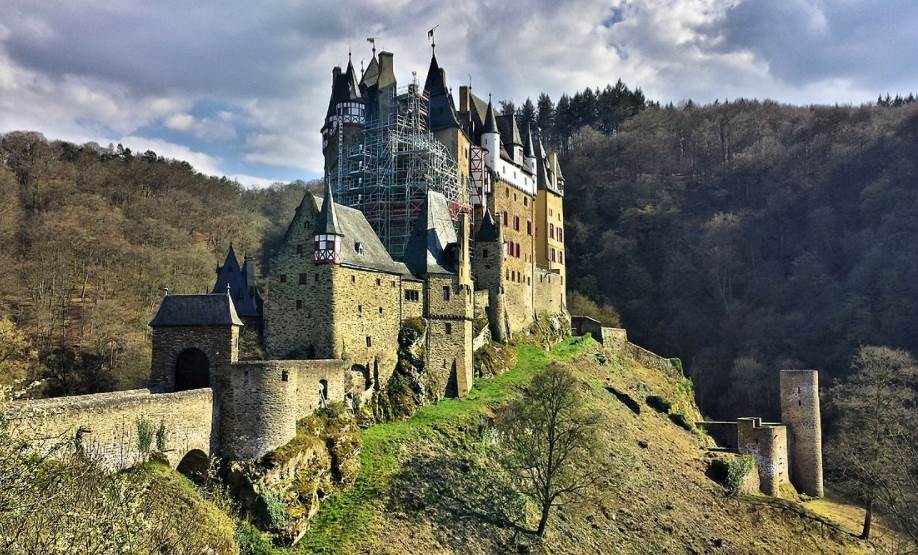
Some parts of the castle, including the vault of the flag hall, had to be secured between 2009 and 2012. This was just one part of an extensive renovation project that took place recently. This project cost 4.4 million euros to complete.
10. Eltz Castle once decorated the 500 Deutsche Mark note between 1965 and 1992. This emphasizes the importance of the castle as a symbol of both the Rhineland-Palatinate state and all of Germany as well.
